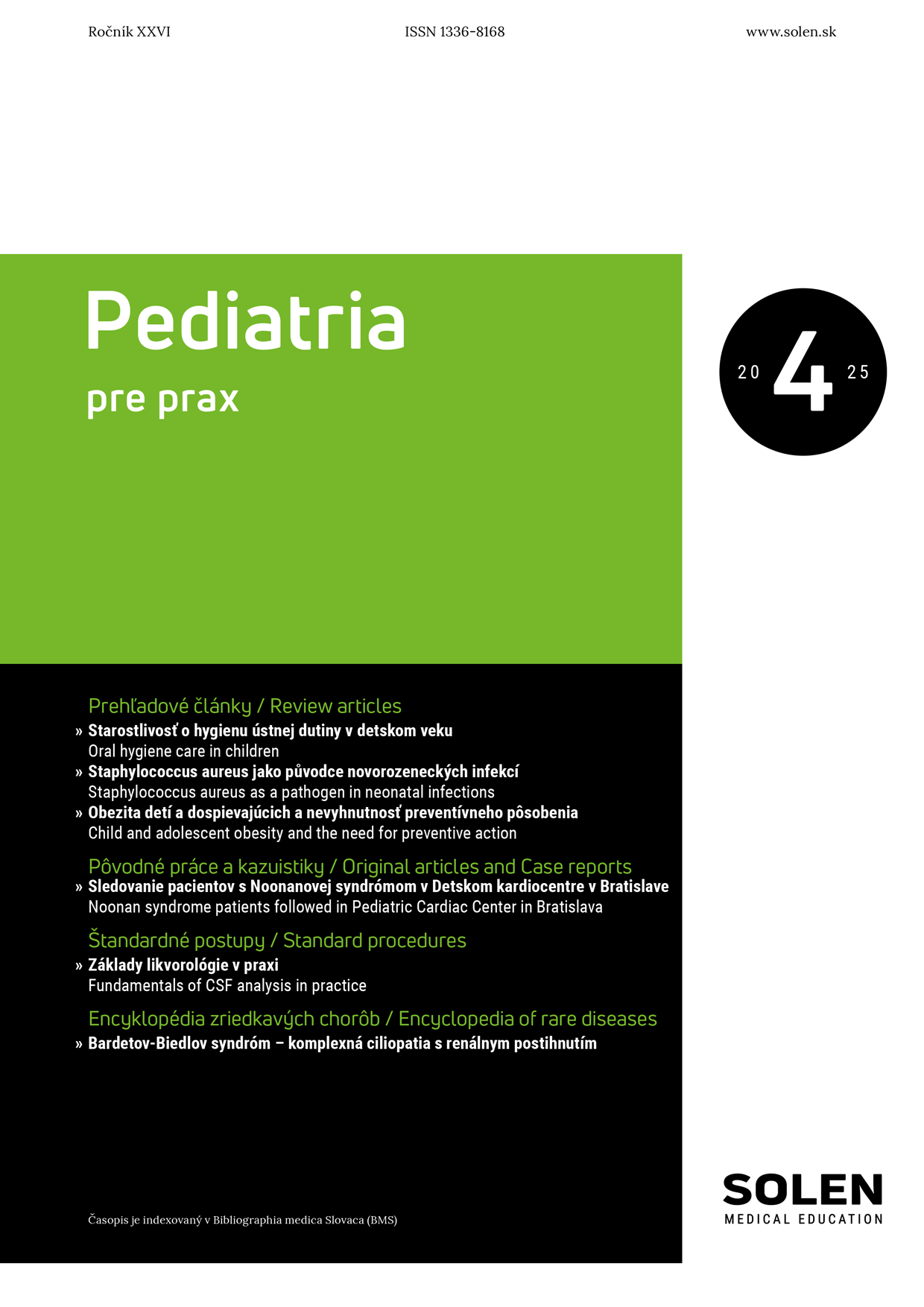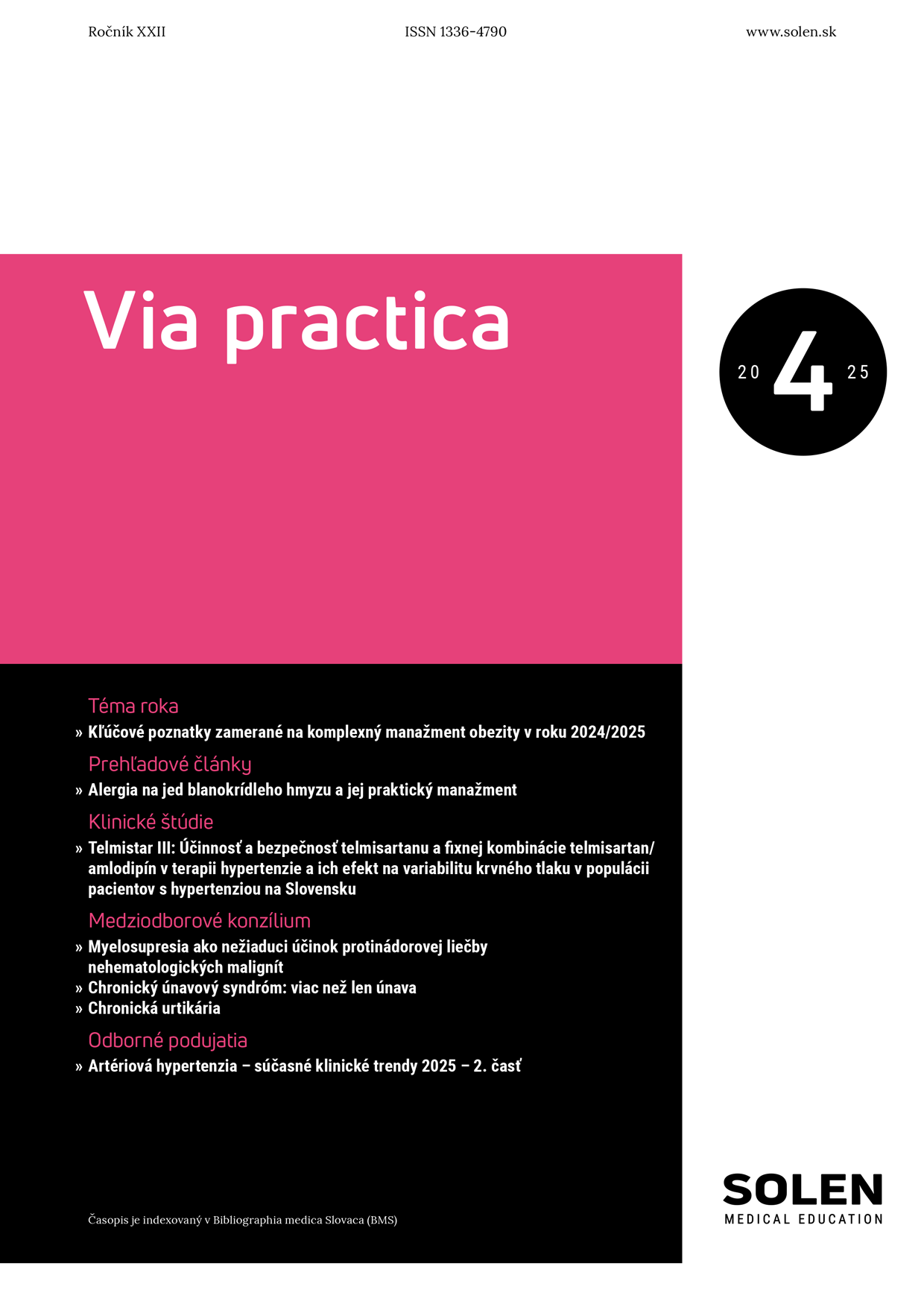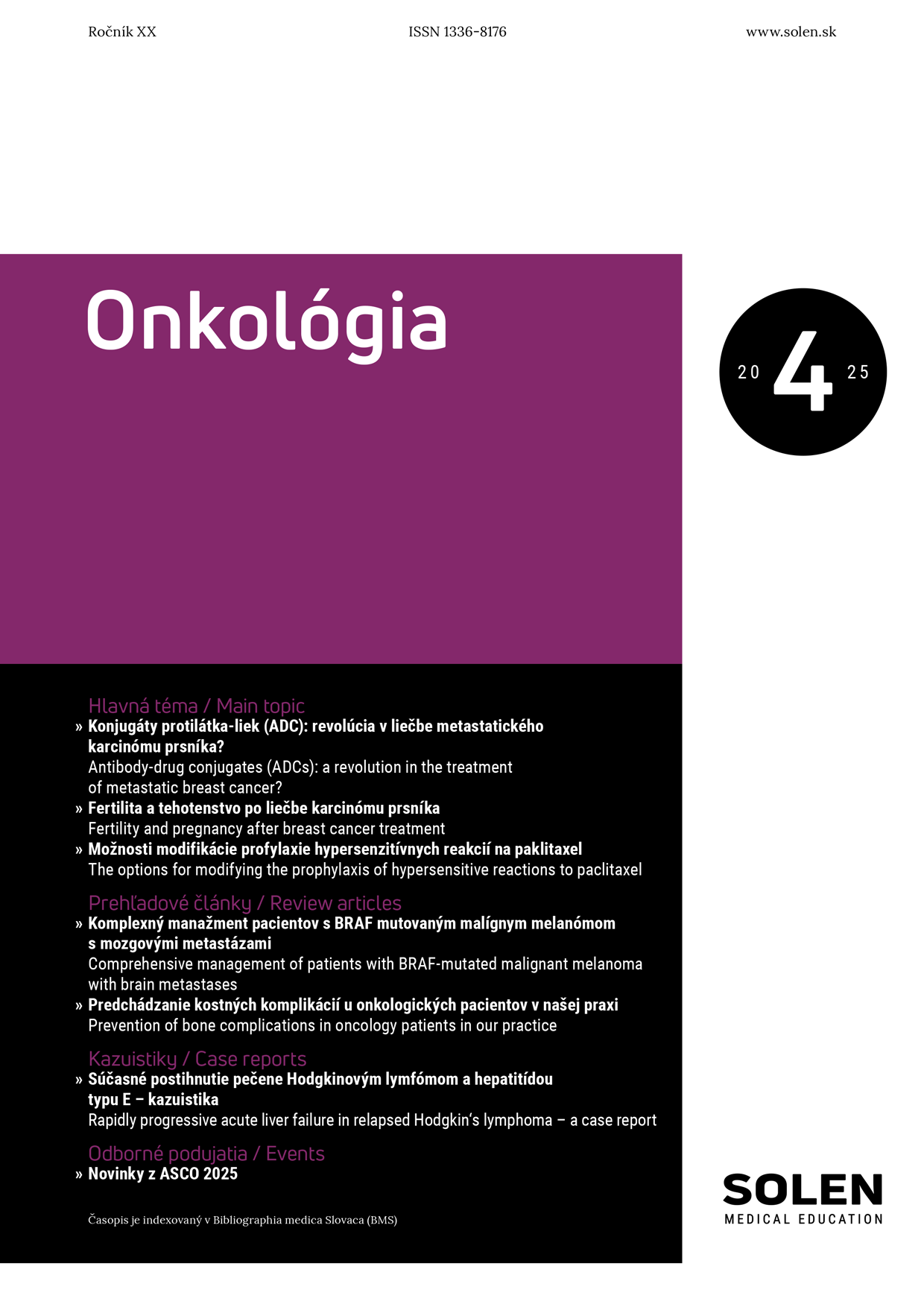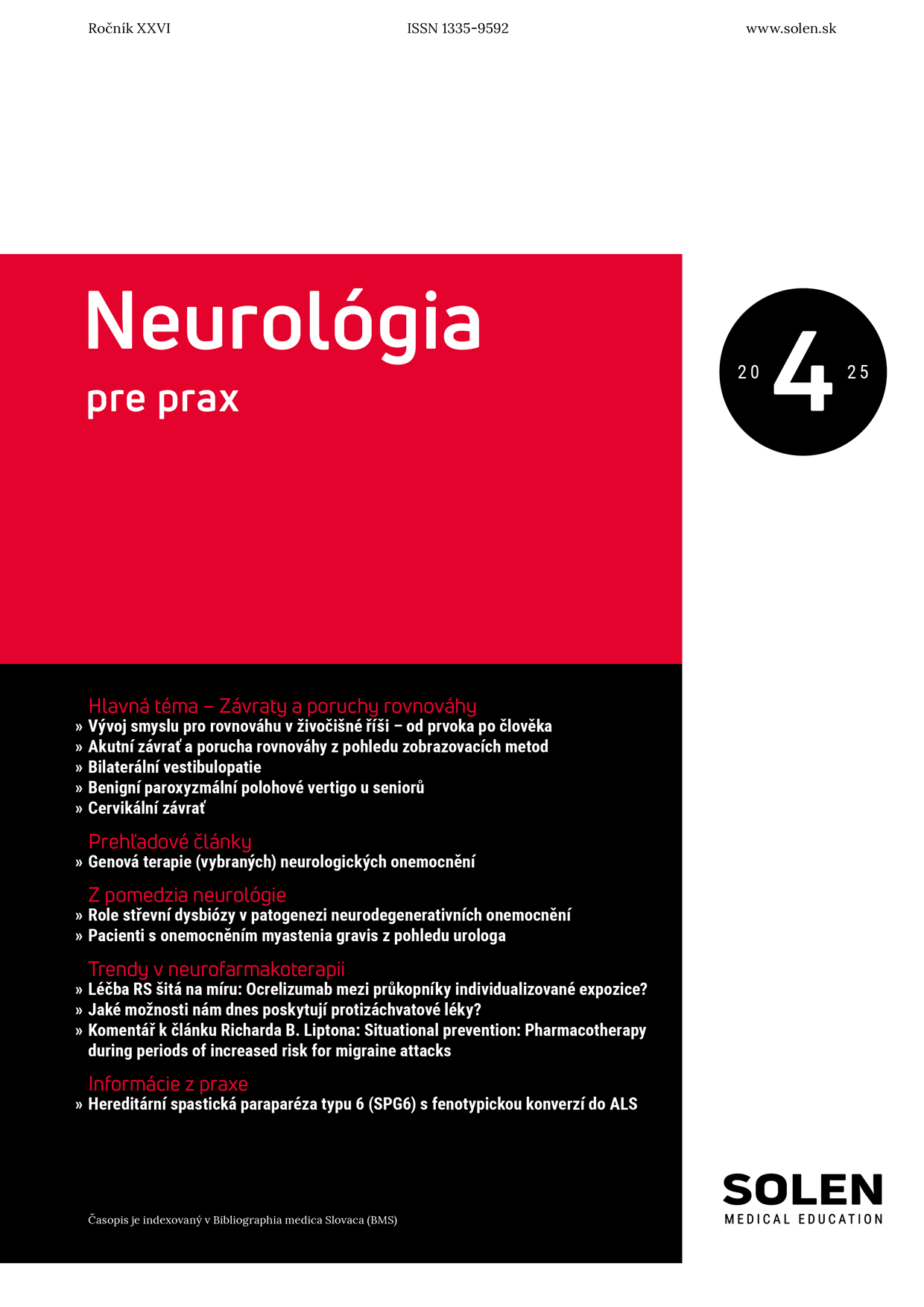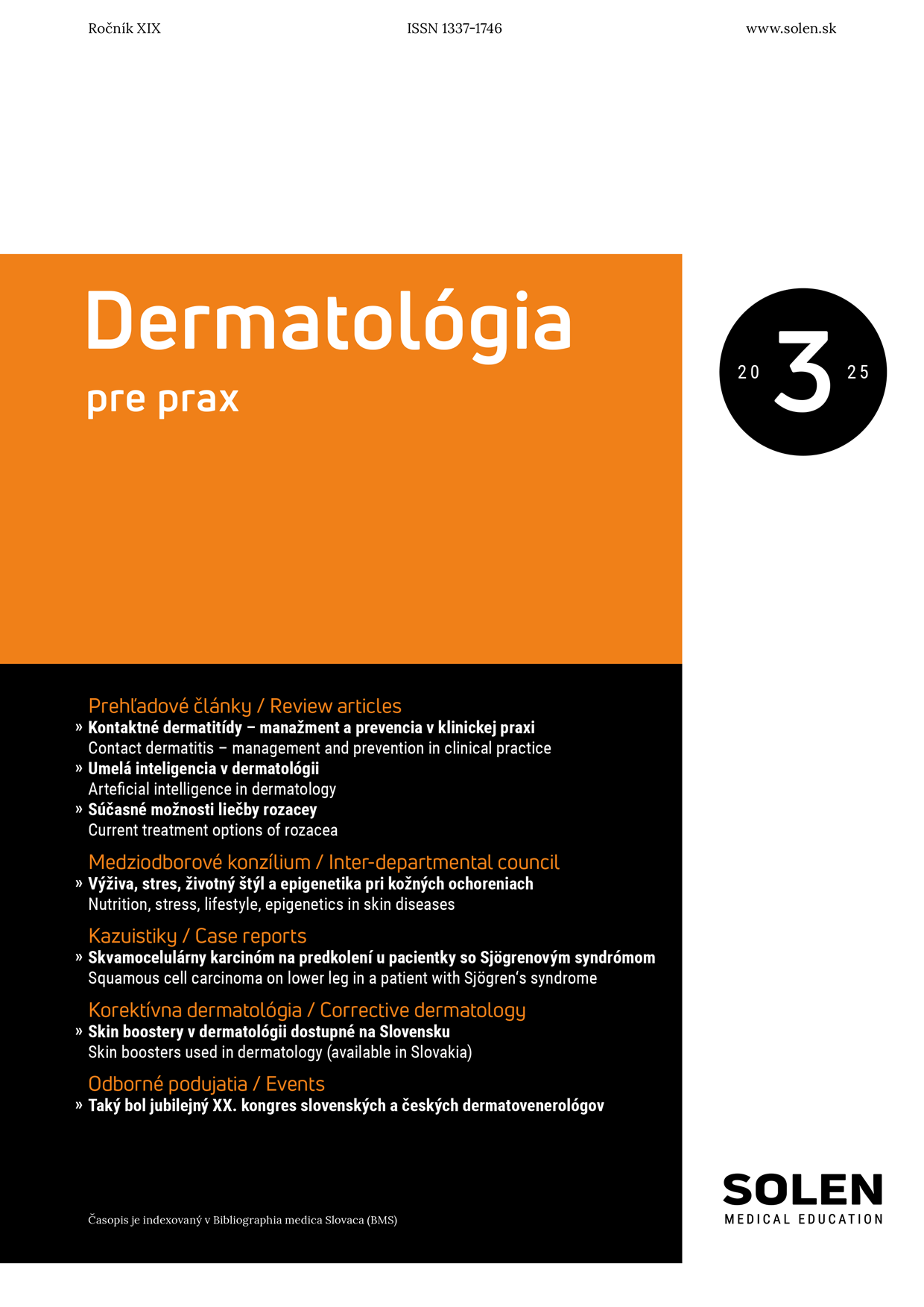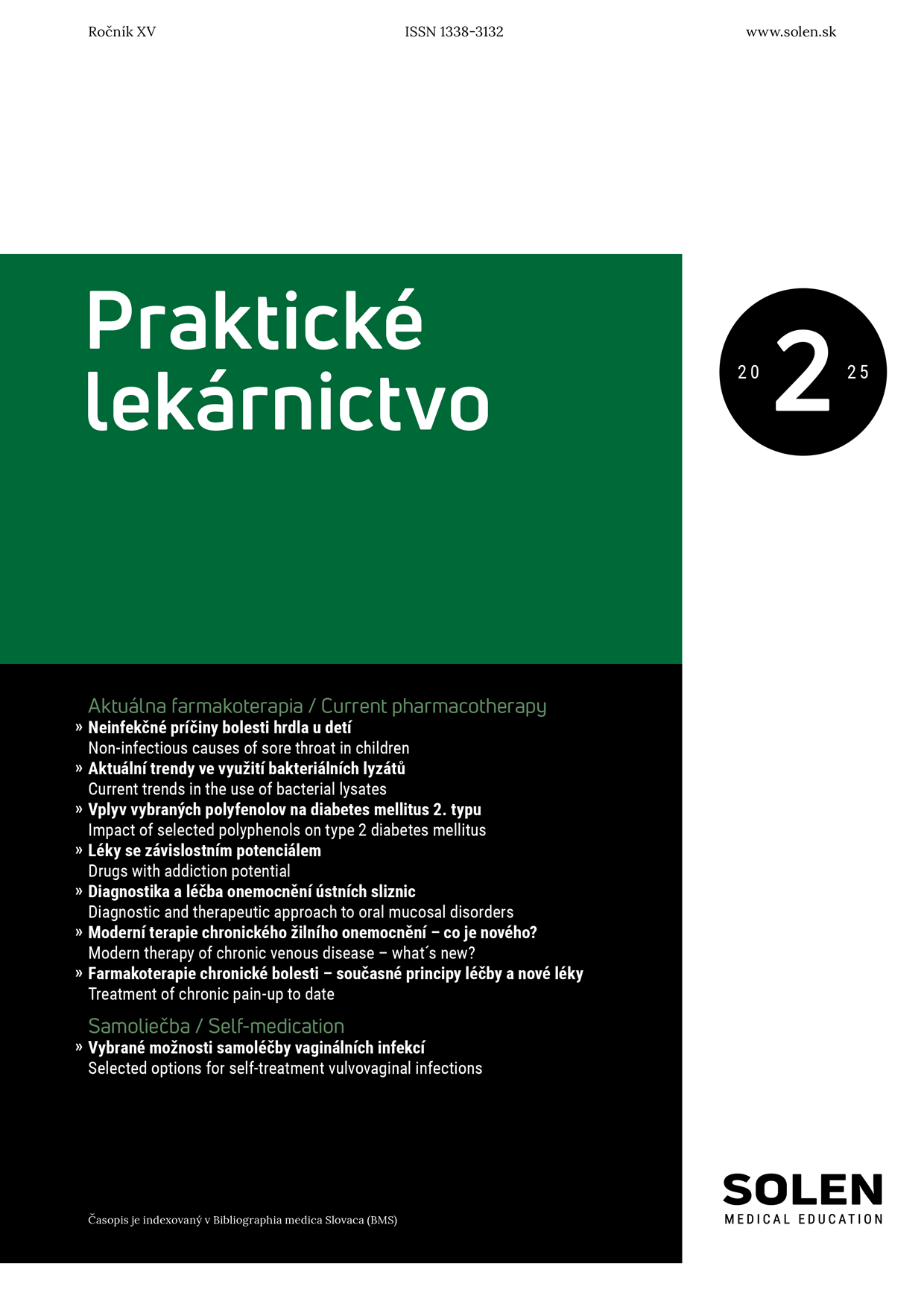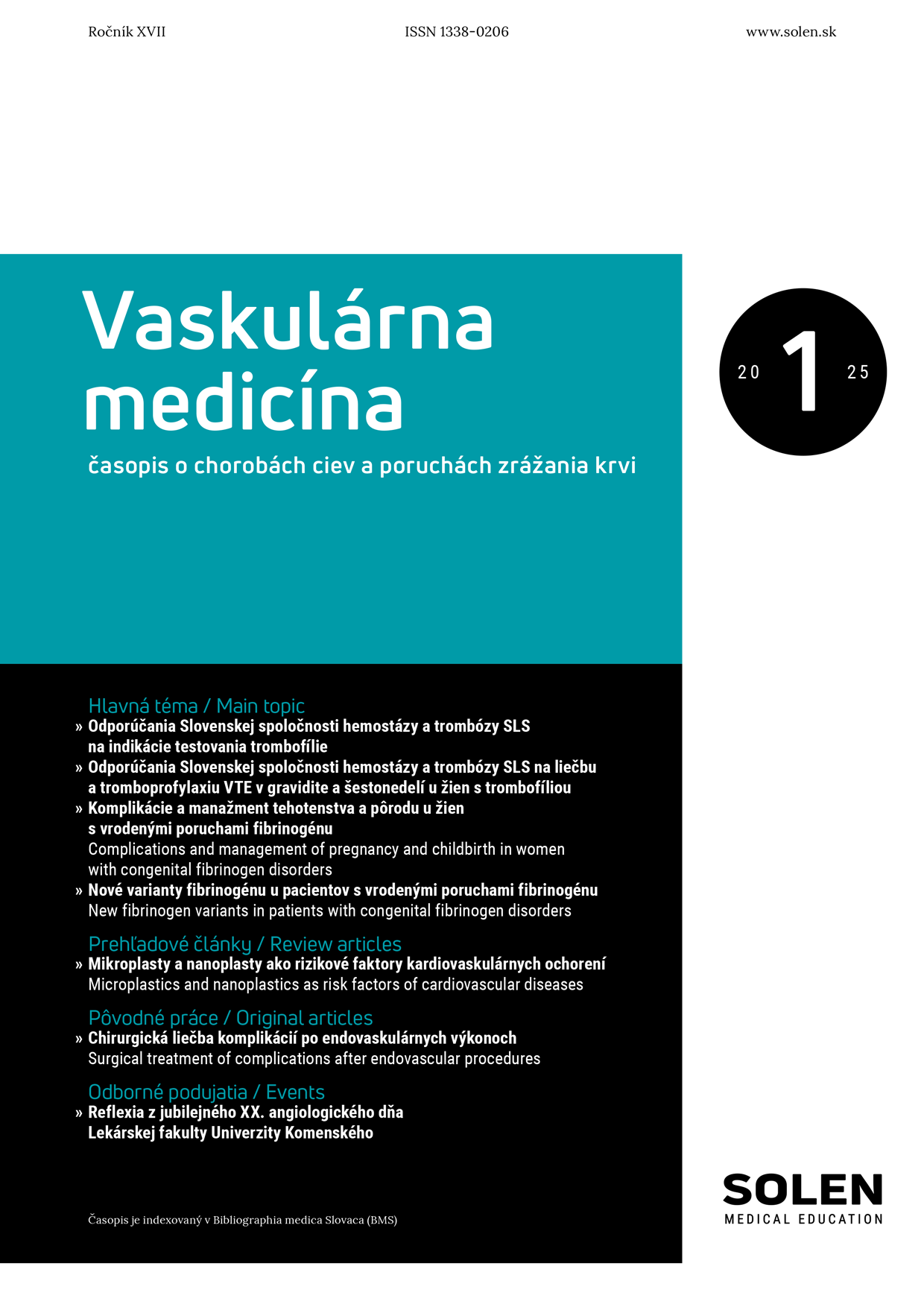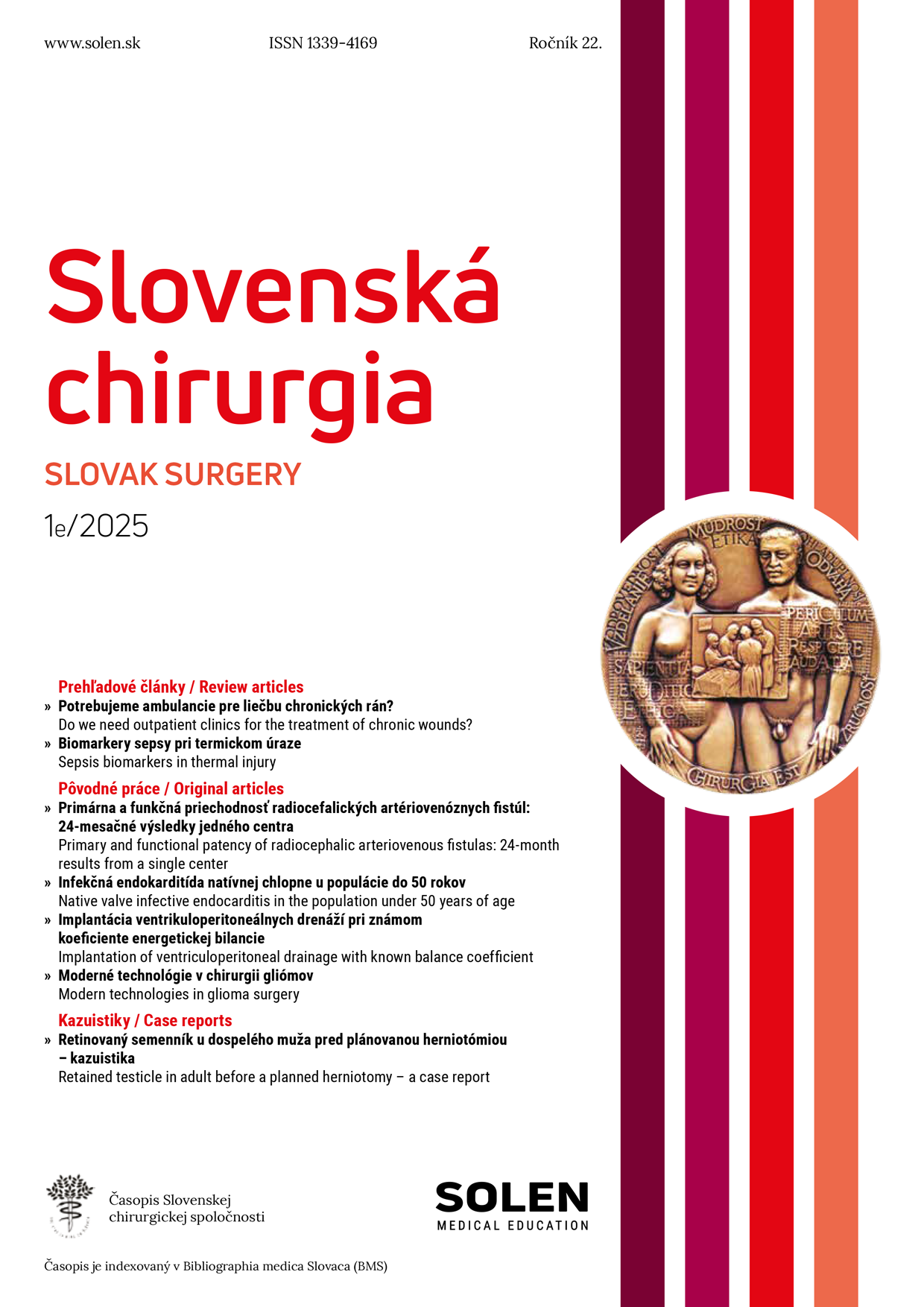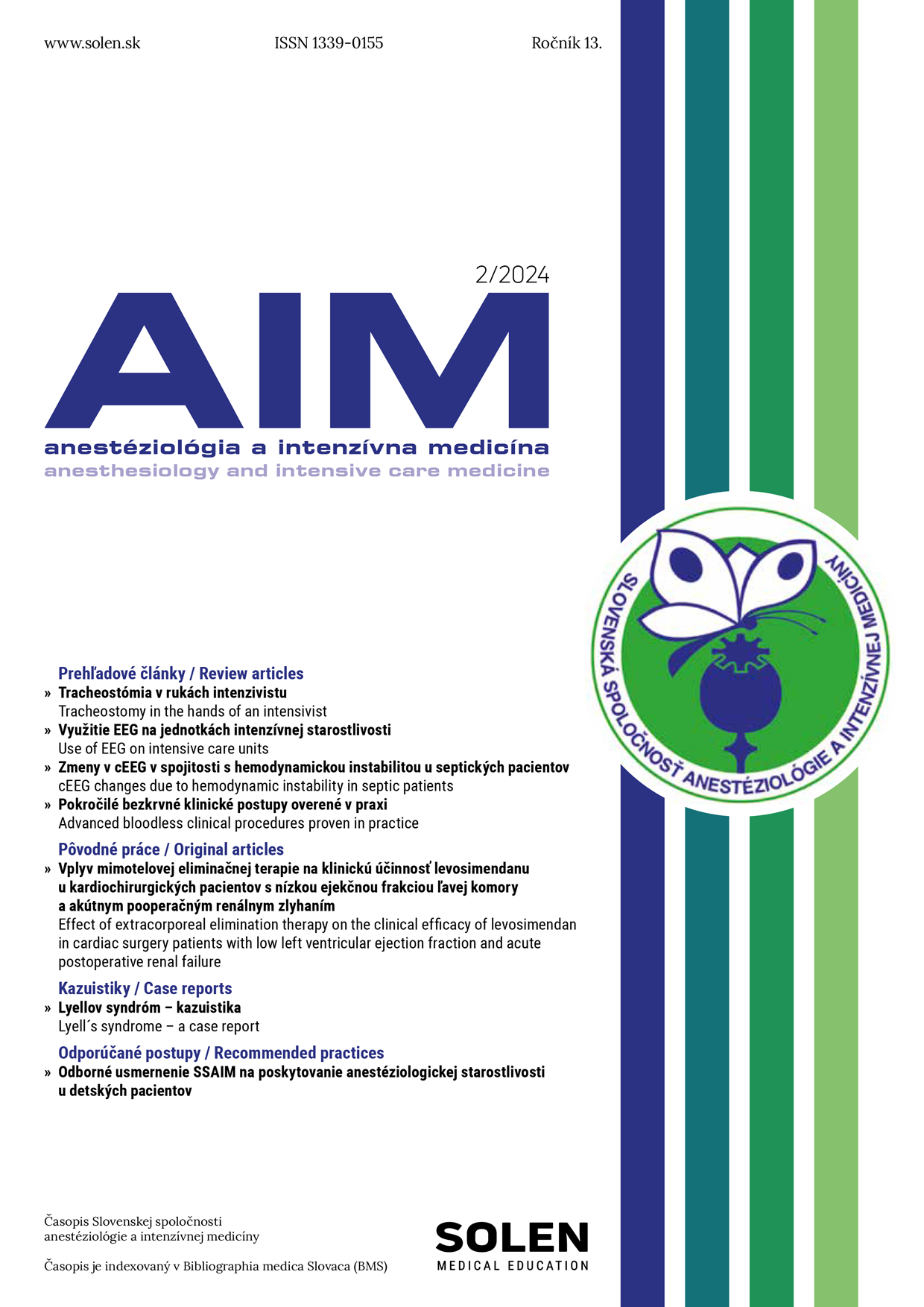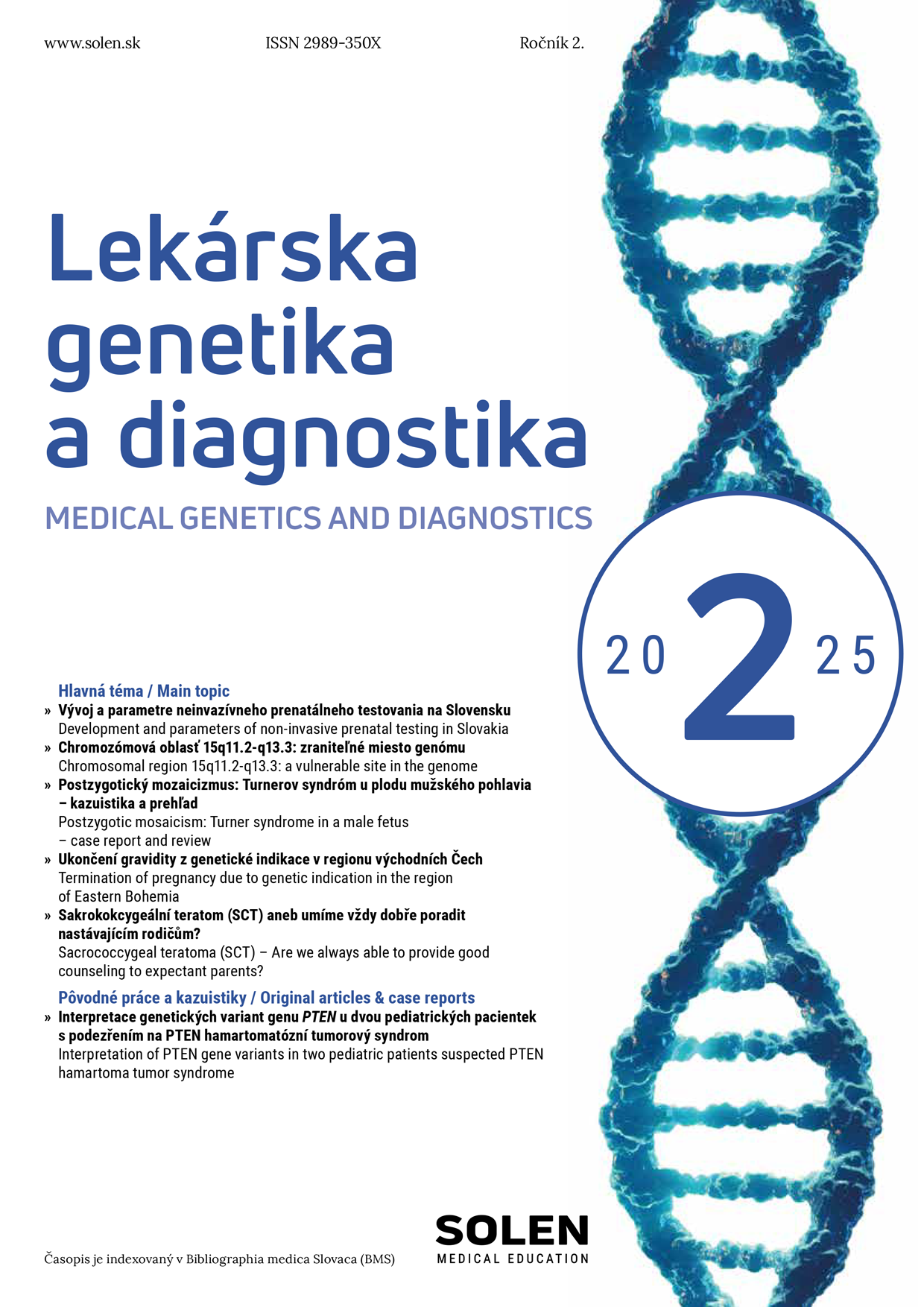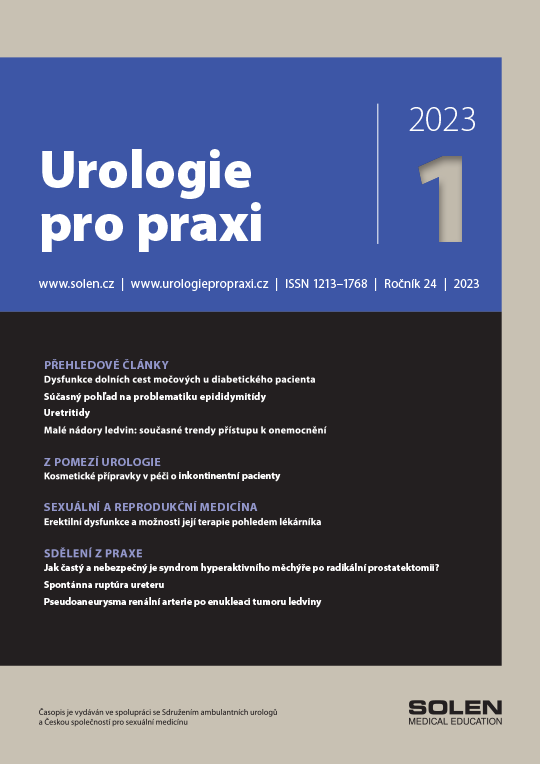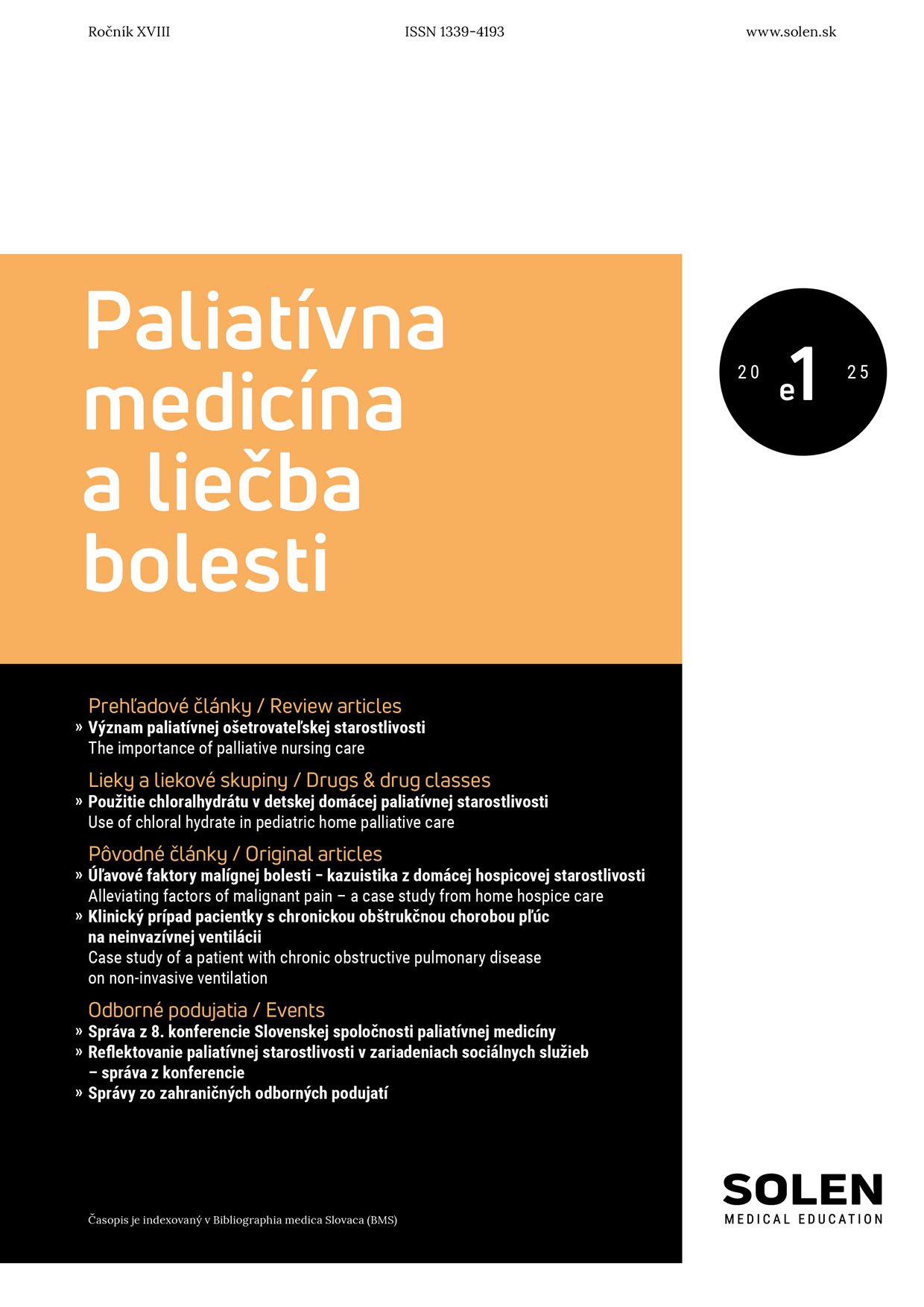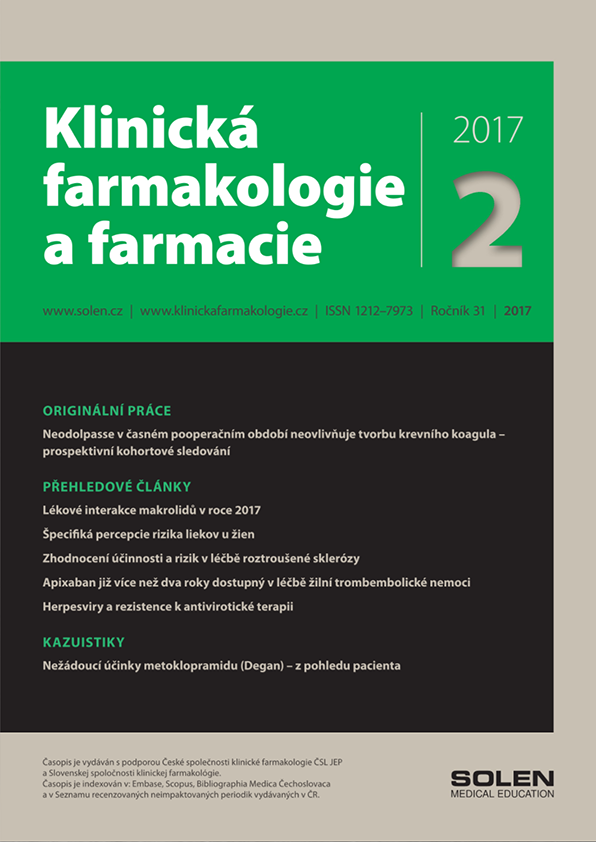Vaskulárna medicína 1/2025
Management of pregnancy and childbirth in women with von Willebrand disease
Von Willebrand disease (vWD) is the most common inherited bleeding disorder. The main clinical manifestations include mucosal and gastrointestinal bleeding, easy bruising, and prolonged bleeding after injury or surgery. Although both women and men are equally susceptible to vWD, women continue to face disproportionately greater bleeding problems. Women with vWD have specific clinical features, such as menorrhagia, an increased risk of gynecological complications, and recurrent miscarriages. Additionally, pregnant women with vWD are at higher risk for postpartum hemorrhage, anemia, and the need for blood transfusions. Several effective treatment options are available for women with vWD, which can significantly improve their quality of life, including desmopressin, vWF/FVIII concentrates, hormonal therapy, and antifibrinolytics. During pregnancy, it is important to monitor the activity levels of vWF and FVIII. Peripartum care management depends on the type of vWD and the measured activity levels of vWF and FVIII before delivery.
Keywords: von Willebrand disease, pregnancy, childbirth, bleeding


